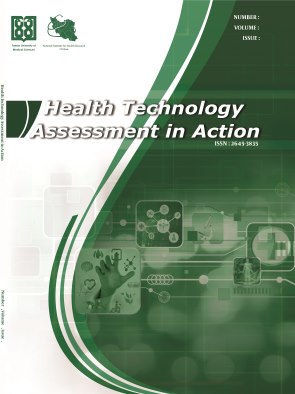Implementation of Article Processing Charges (APCs)
We wish to formally inform you that, effective from August 1, 2025, our journal will introduce Article Processing Charges (APCs) for all manuscripts accepted for publication. This measure has been adopted in order to sustain the operational, editorial, and production costs associated with the publication process, and to ensure the continued provision of high-quality scholarly content.
A detailed schedule of the applicable fees is available in the Publication Fee, which specifies the charges based on article type, length, and other relevant criteria.
Please be advised that only manuscripts submitted on or after the aforementioned date will be subject to APCs. Submissions received prior to this date will be processed without charge.
We appreciate your understanding and continued cooperation. For any further inquiries regarding this policy or payment procedures, you are welcome to contact the editorial office.
Sincerely,
Dr Alireza Olyaeemanesh
Editor–in-Chief
Health Technology Assessment in Action Journal






